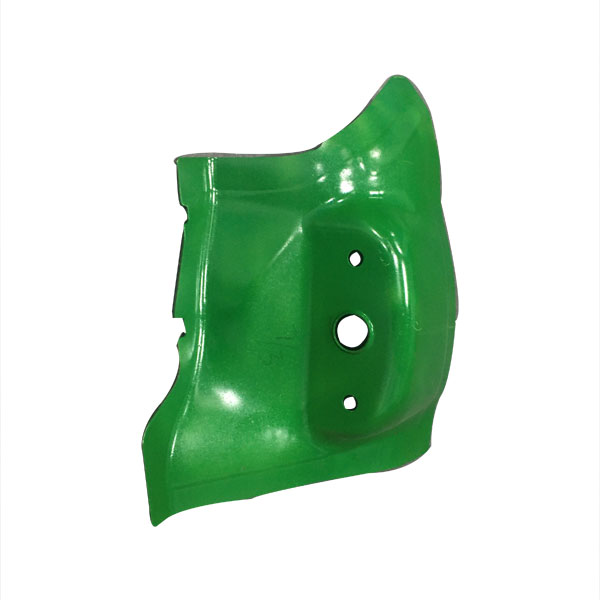Innovations in Motion: Technologies Transforming Auto Wheel Housing Interior Decoration
2023-12-06
Introduction:
The automotive industry is at the forefront of technological innovation, and every aspect of vehicle design benefits from advancements that enhance both form and function. One area where technology plays a crucial role is in auto wheel housing interior decoration. In this blog, we explore the cutting-edge technologies commonly employed to elevate the aesthetics and functionality of wheel housing interiors, creating a seamless blend of style and substance.
1. Advanced Materials and Composites:
1.1 Carbon Fiber Integration:
- Form Enhancement: Carbon fiber, renowned for its strength and lightweight properties, is often integrated into wheel housing interiors. Its use contributes to a sleek and modern aesthetic while ensuring durability and performance.
- Functionality Boost: Carbon fiber enhances the structural integrity of wheel housing components, contributing to improved strength without compromising weight.
1.2 High-Performance Polymers:
- Form Enhancement: High-performance polymers provide design flexibility, allowing for intricate shapes and patterns in wheel housing interiors. These materials can be molded into various textures and finishes.
- Functionality Boost: The use of high-performance polymers enhances impact resistance and contributes to the overall longevity of wheel housing components.
2. Smart Lighting Solutions:
2.1 LED Integration:
- Form Enhancement: LED lights are often integrated into wheel housing interiors for both aesthetic and functional purposes. They can accentuate the contours and lines, adding a touch of modernity and sophistication.
- Functionality Boost: LEDs can serve as functional lighting elements, enhancing visibility and safety around the wheel housing area. Dynamic lighting features can be programmed for different driving scenarios.
3. 3D Printing Technology:
3.1 Customization Opportunities:
- Form Enhancement: 3D printing technology allows for intricate and customizable designs in wheel housing interiors. Owners can personalize their vehicles with unique patterns, textures, or even 3D-printed logos.
- Functionality Boost: Customized 3D-printed components can be designed for optimal fit and performance, contributing to both form and function.
4. Intelligent Coatings:
4.1 Self-Healing Coatings:
- Form Enhancement: Self-healing coatings can be applied to wheel housing interiors to mitigate the appearance of scratches or abrasions, maintaining a pristine aesthetic over time.
- Functionality Boost: These coatings enhance the longevity of the wheel housing components by providing an additional layer of protection against wear and tear.
5. IoT Integration:
5.1 Sensors and Connectivity:
- Form Enhancement: Wheel housing interiors can be equipped with sensors connected to the Internet of Things (IoT). These sensors can monitor various parameters and provide real-time data.
- Functionality Boost: IoT integration enables smart functionalities, such as tire pressure monitoring and predictive maintenance alerts, contributing to the overall functionality of the vehicle.
Conclusion: The Fusion of Art and Engineering
Auto wheel housing interior decoration has transcended its traditional role, evolving into a realm where artistry meets engineering excellence. With the integration of advanced materials, smart technologies, and sustainable practices, wheel housing interiors have become showcases of innovation. As automotive design continues to push boundaries, these technologies will play a pivotal role in shaping the future of wheel housing aesthetics and functionality, offering drivers a dynamic and visually striking driving experience.



